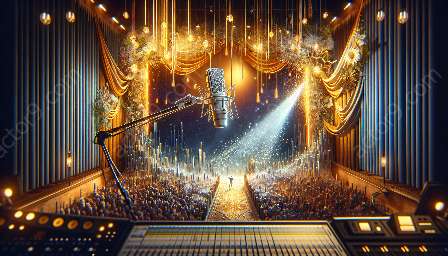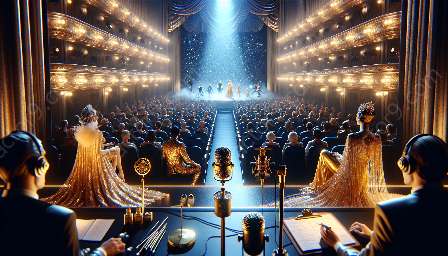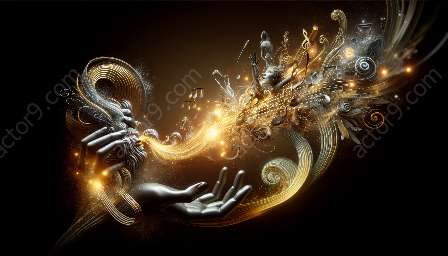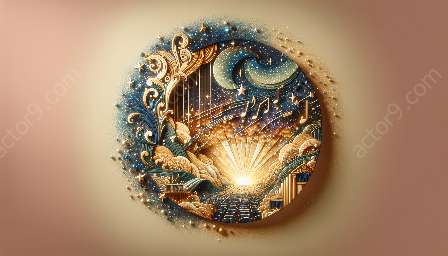Foley artistry is a crucial component of theatrical productions, enhancing the auditory experience for audiences and providing depth to non-verbal or experimental theatre. When integrating foley artistry, numerous considerations come into play that affect the overall impact on voice actors and the immersive nature of the performance.
Understanding Foley Artistry
Before diving into the considerations for integrating foley artistry in non-verbal or experimental theatre productions, it's vital to grasp the essence of foley artistry itself. Foley artists recreate everyday sounds in a studio environment to accompany visual media, including live performances, adding depth and realism to what is seen on the stage.
Considerations for Integrating Foley Artistry
Integrating foley artistry into non-verbal or experimental theatre requires careful thought and planning to ensure that it complements the narrative and enhances the audience's engagement. Several crucial considerations must be addressed to achieve a seamless integration:
- Script and Concept Analysis: Foley artistry should align with the overall concept and themes of the production, enhancing the emotional impact without overshadowing the performers' expressions.
- Collaboration with Voice Actors: Collaboration between foley artists and voice actors is essential to synchronize audio and visual elements, ensuring that the soundscape enhances the voice actors' performances without conflicting with them.
- Sound Design: The sound design should be tailored to the specific requirements of the production, considering the intricacies of the performance space and the intended audience experience.
- Equipment and Technology: Utilizing appropriate equipment and advanced technology is crucial for achieving foley artistry that seamlessly integrates into non-verbal or experimental theatre productions.
- Rehearsals and Coordination: Foley artists and voice actors need to rehearse together to synchronize the soundscape with the performance, allowing for adjustments and refining the integration.
Impact on Voice Actors
Integrating foley artistry can significantly impact voice actors, as the added soundscape can elevate their performances and contribute to a more immersive experience for both the actors and the audience. However, voice actors also need to adapt their performances to accommodate the presence of foley artistry, requiring a deeper understanding of how their vocal delivery interacts with the accompanying sounds.
Conclusion
The seamless integration of foley artistry in non-verbal or experimental theatre productions is a multifaceted process that demands extensive collaboration, thoughtful planning, and a deep understanding of both the auditory and visual components of the performance. When executed effectively, foley artistry enhances the immersive nature of the production while elevating the performances of voice actors, resulting in a truly captivating audience experience.




























